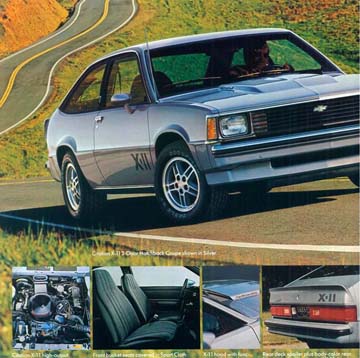Media | Articles
New Malaise Era?
For most, the late 1960s and very early 1970s represent a high-water mark for the driver’s car. Even 40 years later, we still enjoy the purity of experience that comes with performance cars of that era. Car makers were mastering the art of building and selling cars that accelerated, steered and stopped exceptionally well; even if it was a rare car that could do all three.
In the “malaise era” that began in about 1973, cars got heavier and primitive emissions equipment strangled engine power. Manufacturers had to rethink their formulas for acceleration, steering and stopping. Today, cars built before 1973 are generally more prized than their often more pedestrian offspring.
Matt Stone, Executive Editor of Motor Trend suggests that we may be at the end of a similar period, “In 1973, we had a supposed fuel crisis; we had the Clean Air Act expanding. Automotive enthusiasm fell out of public favor for a while. Did people stop loving cars? No, and they aren’t going to. But at that point in time the general public’s perception of what a car was supposed to do changed.”
In the early 1980s, thanks to cars like the Mazda RX-7 and the 5.0 Mustang, we saw the beginning of an industry wide renaissance that has continued through the present day. Carmakers today are increasingly able to build safe, reliable and engaging cars.
Jamie Kitman is the New York Bureau Chief of Automobile Magazine and US Editor of Top Gear. He says that today’s great performance cars could be tomorrow’s sought-after collectibles. “Whenever a car is tremendously successful or desirable in its time, it stands a good chance of being collectible in the future.” This has been the case in the past, but as Kitman put it, the automotive industry is in “uncharted waters, forgive the biblical imagery, but this is cataclysmic.”
Marketplace
Buy and sell classics with confidence
In the midst of a global recession and increasing pressure for environmental responsibility the public’s expectation for what a car should be is changing. Are we now seeing the last great driver’s cars before we transition into a new era of utilitarianism? If so, will today’s crop of driver’s cars be tomorrow’s blue chip collectibles?


